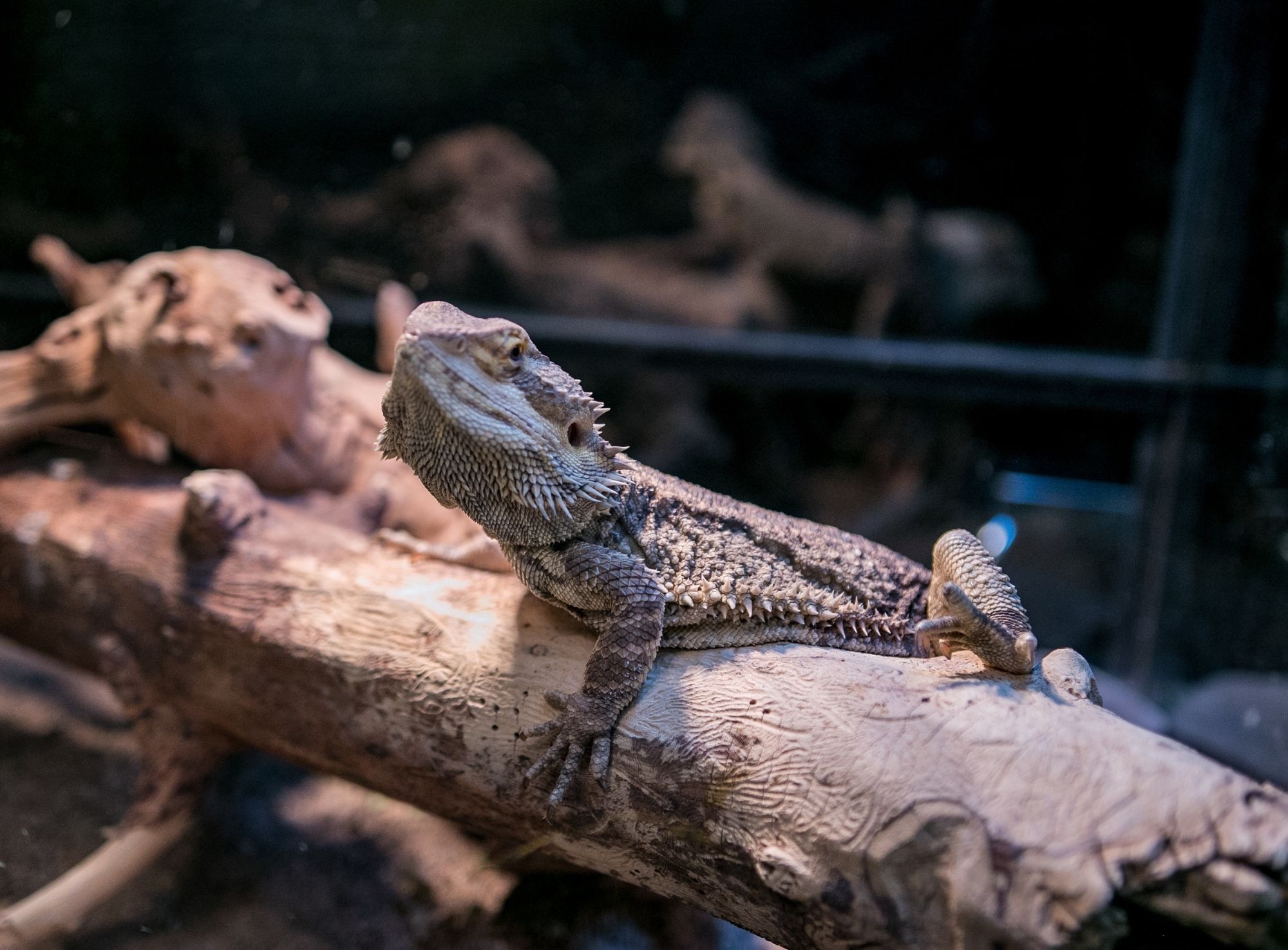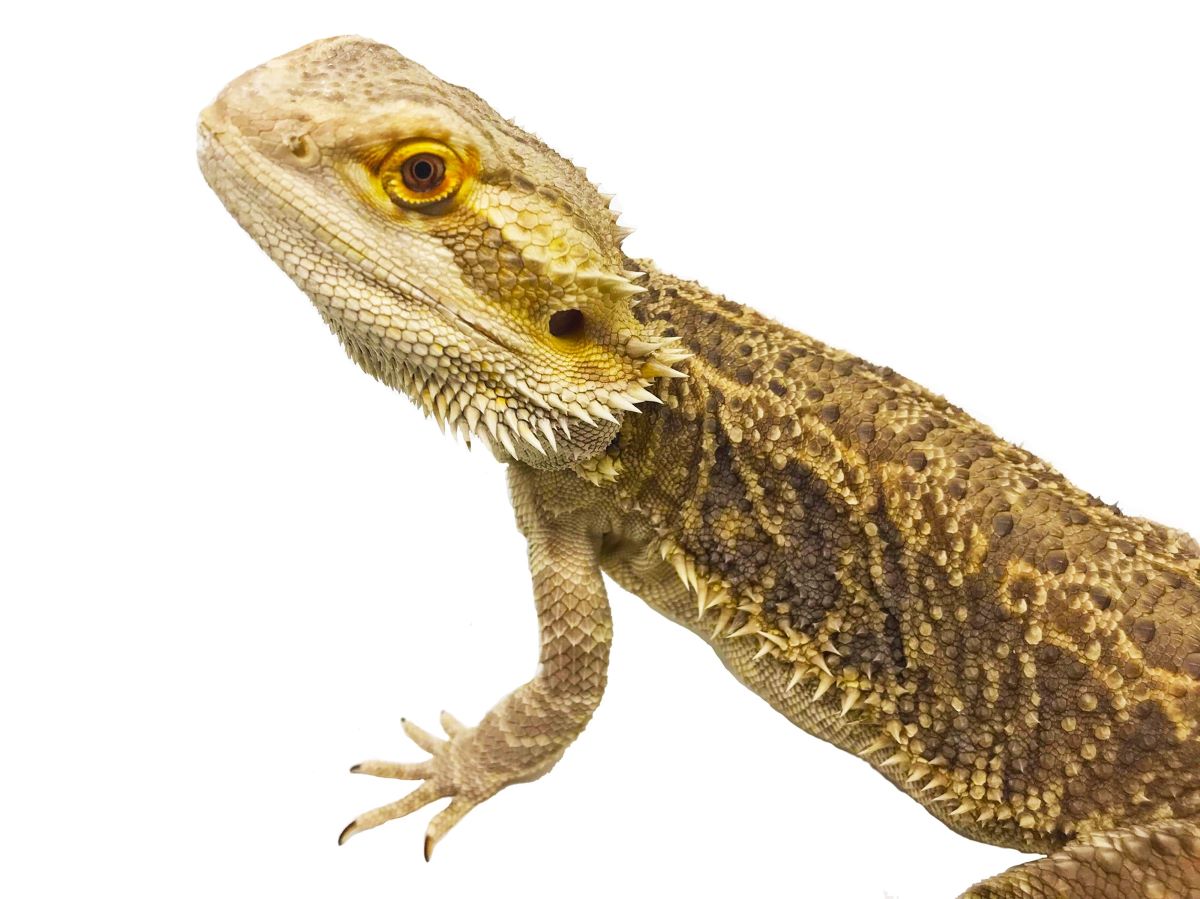
Does it make a good pet?
Yes, they can make great pets. They do need to be bathed once in a while to keep their scales healthy and dirt free.
It’s important that your animal is captive bred. Captive bred animals are healthier and are not reducing the wild populations that many wild caught ones can. Always make sure the habitats are as close to their native conditions as possible.
Heat: Basking spot of 90-93° Fahrenheit and 80-90° Fahrenheit for the rest of the habitat
UVB: 10.0
Diet: kale, parsley, sweet potatoes, crickets, and mealworms
Water: Water dish
Habitat
Pogona lizards can be found wandering in the Arid woodlands and deserts of Australia. They are often found near bushes, trees and rocks.
Conservation Status: Least Concern (Population stable)
Family: Agamidae
Order: Scaled reptile/Squamata
Phylum: Chordata
Genus: Pogona
Did you know Bearded Dragons are mildly venomous?
Despite being venomous their venom is mild and poses no threat to humans unless an allergic reaction occurs. Their venom is similar to a rattlesnake’s venom and can be powerful enough to kill small animals, but they have much smaller amounts of venom. The venom has also been used to help control diabetes. The venom may also provide treatments in the future to treat heart disease. A new compound of amino acids was found in the lizard’s toxins that could help heart related diseases. The venom glands of the bearded dragon are considered by many scientists to be vestigial meaning it may have been a big tool in the past, but the glands may be slowly going away as they don’t need them much anymore.

